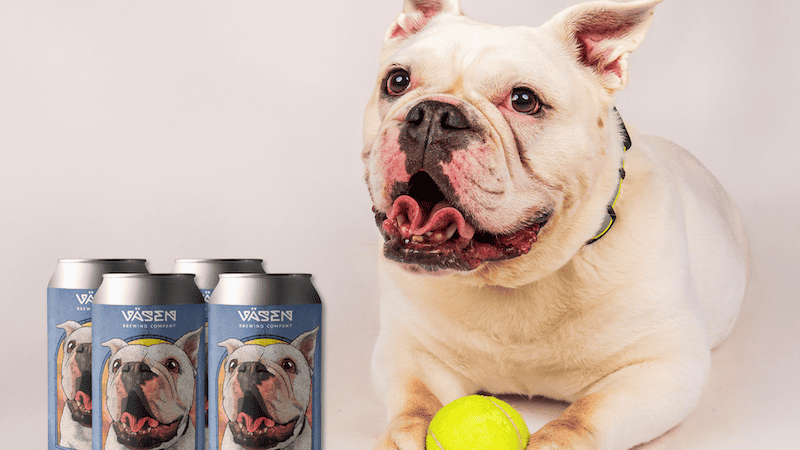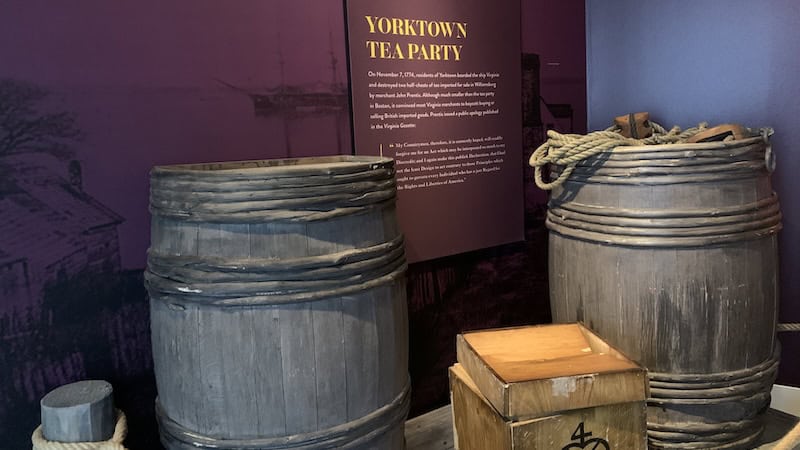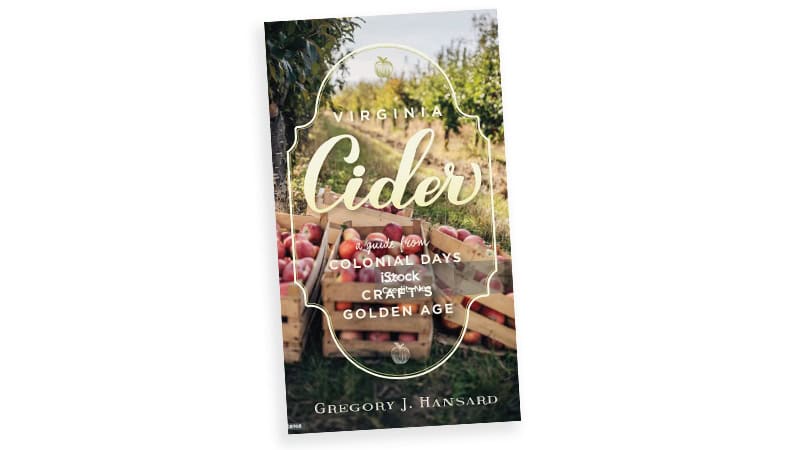Tequilabamba for Tastes of Craft Tequila, Mezcals, and More
The premium event quality tequilas and mezcals plus Mexican small plates
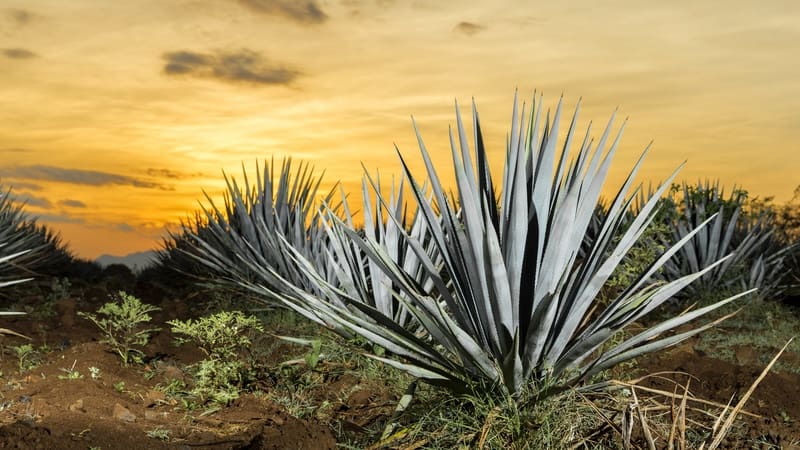
I recently took a deep dive into the world of tequila and mezcal for an upcoming issue of “Spirited Virginia.” What a fascinating spirit this is, in so many ways! Even if it doesn’t become your favorite liquor, you owe yourself the chance to learn what makes it so unique. Tequilabamba, a tastes of tequila event at Canejo Cantina in Richmond, Virginia, offered that chance.
What’s the big deal about mezcal and tequila?
While it’s easy to blame tequila for headaches and regrettable memories, those were probably the cheap versions of a budget-minded youth. They bear as much resemblance to quality tequila as a novice moonshiner’s shine does to Pappy Van Winkle.
Just scratching the surface, here are a few fascinating facts about mezcal-based spirits.
- Mezcal is the umbrella term for liquors made of agave plants. It doesn’t necessarily mean the smoky spirit often associated with the word. Tequila is a kind of mezcal, made of blue weber agave.
- While the history of most liquors goes back a few centuries, agave-based drinks have a rich heritage reaching back for thousands of years to Mesoamericans. As an old soul, its story is wrapped up in religious rituals and mythologies, including Mayahuel. The Aztec goddess was the woman of 400 breasts – perhaps representing the spikes of the agave plant – and 400 rabbits. She represents motherhood and fertility.
- The agave plant is fascinating on its own. Of the more than 200 species of agaves, about 50 are suitable for making a beverage. Each of these has its own distinctive essence.
- Only two agave species can be cultivated as a crop – blue agave and espadin. The rest grow in the wild. Each is so particular about its preferred terroir (soil composition, slope, elevation, proximity to other plants, etc.) that it will absolutely not grow anywhere else.
- Other liquor ingredients, like wheat, corn, and barley, are planted by sowing seeds and harvested at one time, several months later. Agave plants must be established individually, using rhizomes – and they take seven to 15 years to mature! Farmers must tend each plant, then harvest the individual plant when it’s ready.
- By harvest time, an agave plant weighs 80 to 200 pounds!
- Small producers in Mexican villages create their own unique small-batch mezcals from local wild agave, touched by airborne yeast, using methods handed down by family and heritage. Truly one of a kind!
- Tequilas and other mezcals differ in a myriad of ways, resulting in an incredible array of spirits. The distinctions arise from
-
- The species of agave
- Terroir – both the state and the specific place
- Type of oven, rocks and woods used for roasting
- Open-air vats that capture wild, airborne yeast
- Unexpected ingredients – like meats (“pechuga” mezcals), fruits, spices, and mole negro sauce
- And so much more!
What’s the big deal about Tequilabamba?
This curated tasting party, presented by the Virginia Wine Expo, featured tastes of tequilas and mezcals and even the more rare pechuga mezcals, paired with food from Conejo Cocina Mexicana (and wine for guests who preferred wine). Tasters were poured by representatives who could share more details of their spirits to enhance drinking pleasure and knowledge. In addition, guests were offered printed descriptions of each spirit, describing their rich backstories, distillation processes, and more.
Tequilas and mezcals
Taste dozens of premium blanco, reposado, añejo, and extra añejo sipping tequilas as well as top-shelf mezcals and pechugas.
By tasting different tequilas and mezcals side by side, guests could better compare the differences in distilleries, regional agave plants, and distilling process. The tastings also offered the chance for guests to choose their favorites, which can be enjoyed at many local top tequila bars and purchased through ABC and liquor stores.
The bar also served two cocktails as part of the event.
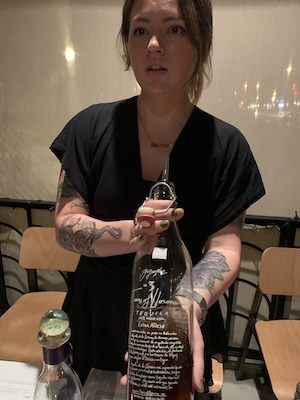 My favorites from the evening:
My favorites from the evening:
- Siete Leguas Blanco Tequila. This tequila was so clean, showcasing the flavor of the agave plant, that I enjoyed the distillery’s blanco more than its aged version.
- Tears of Llorona Tequila Extra Añejo. Using 100% Weber agave azul from the volcanic slopes of the Mexican highlands, the spirit is aged for five years in three different types of oak barrels: Scotch, sherry, and brandy. Even the legend of the wandering La Llorona – The Ones Who Cries – is delicious.
- Mezcal de Leyendas Maguey Verde. Mezcal de Leyendes promotes a variety of small-batch artisanal spirits from regional renowned mezcaleros (distillers). The blanco Maguey Verde was crafted by Maestro ‘Che’ – Juan José ‘Che’ Hernández – in Hacienda Santa Isabel in northwest Mexico using 18th- and 19th- century production methods. The Agave salmiana (Maguey Verde), a hardy cousin of Weber blue agave that grows wild on the Mexican high plateau. The resulting spirit presented aromas and flavors of jalapeño chiles.
- Madre Mezcal. Made in Oaxaca using open-air palenques from agaves roasted in earthen ovens for light smoky notes, fermented with airborne yeast, for a touch of funk. Two varieties of agave go into Madre: espadin and cuishe.
- Montelobos Pechuga Mezcal. Beginning with 100% agave, the pechuga is cooked in a conical underground stone pit fueled with encino and pine wood, then fermented in open pine wood vats. Turkey breast, seasonal fruits, and spices are added on the third distillation. The result is a smooth mezcal celebrating the taste of agave with savory notes from the smoke and added ingredients. Plus, there is another reason to support the brand: it partners with The Wolf Conservation Center, a nonprofit dedicated to conserving wolves.
Premium wines
A selection of fine wines from Italy, Virginia, and California, and Mexico were available for wine enthusiasts.
Mexican food
The host for this event, Conejo Cocina Mexicana, presents artisan tacos and small plates. Conejo mills heirloom corn from small family farms daily to make its tortillas, sopes, and tostadas. Its flour tortillas are made with Sonoran wheat milled at Sub Rosa Bakery, Richmond. I will most certainly return for a meal sometime!
Conejo chef and partner Danny Mena was born and raised in Mexico City. He has worked at several of New York’s best restaurants and owned and operated two establishments in New York and Brooklyn, Hecho en Dumbo and La Loncheria. He is the author of a cookbook, “Made in Mexico,” and an authority on tequila and mezcal. Chef Danny will have copies of his book for sale during Tequilabamba.
Visit the Tequilabamba event page for more details – including a list of tequilas and mezcals.
Presented at:
Conejo Cocina Mexicana
Westhampton Commons at Patterson & Libbie
5820 Patterson Ave., Suite 103
Richmond, VA
Updated on Feb. 26, 2024, to reflect a review of the event rather than a preview.
